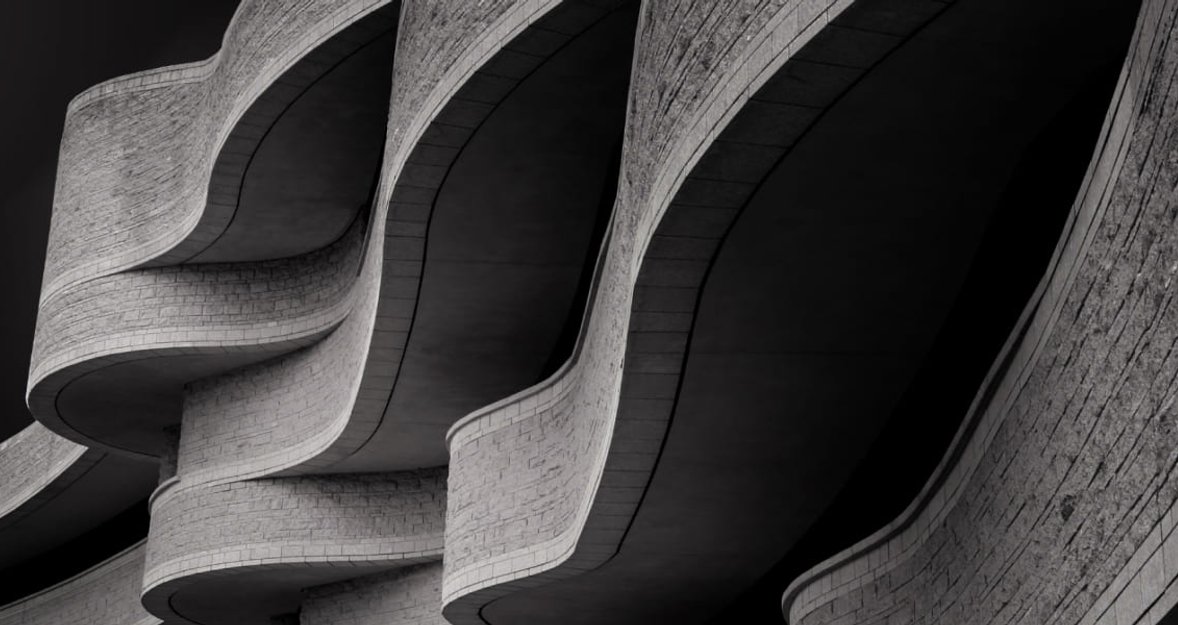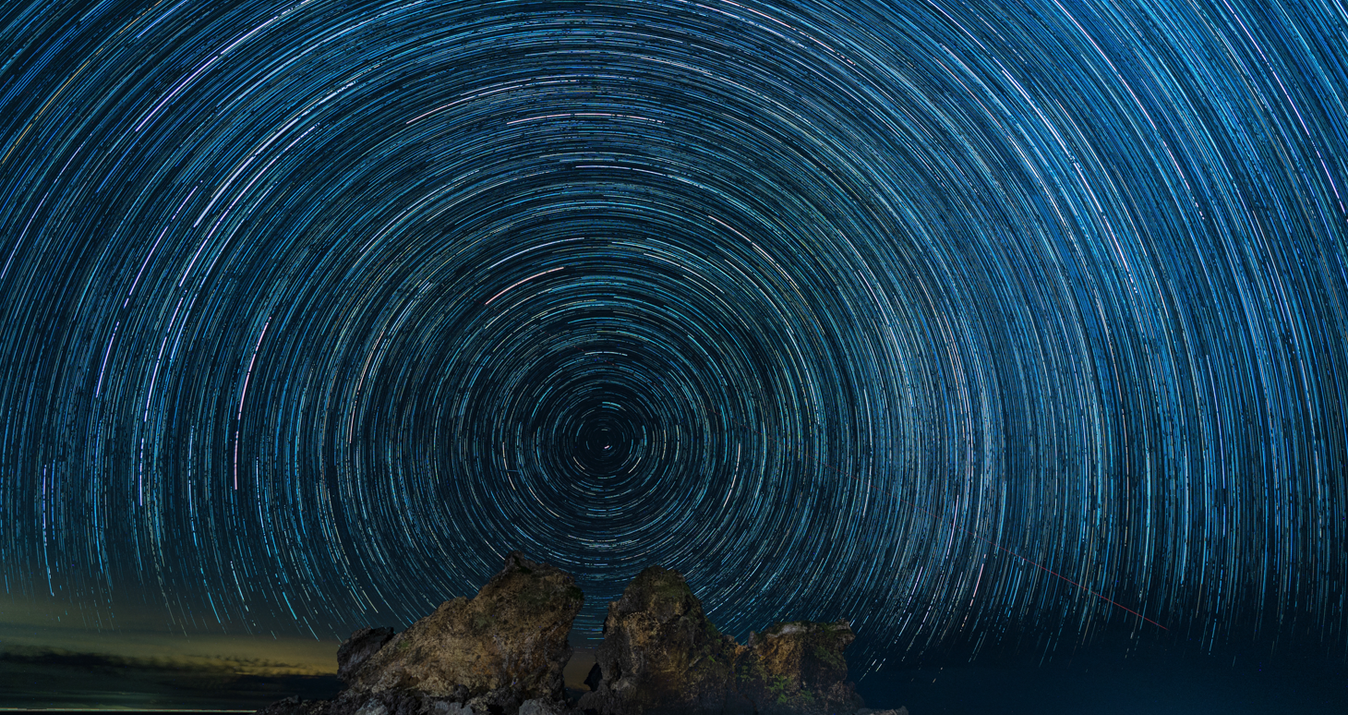Architecture Photography: Full Guide
Last Updated on January 29, 2025

Structure photography focuses on capturing architectural designs’ intricate details and grandeur, revealing the beauty of form and function.
Architecture photography involves recording design, space, and structure with the help of a lens. Mastering this genre, either for a pro or amateur photographer, requires understanding light, angles, and composition. From shooting iconic buildings to the smallest interior detail, architecture snapping demands accuracy and creativity. This article describes essential tips and techniques to improve your images, from gear selection to post-processing.
What Is Architectural Photography
 Architectural photography is the art of photographically capturing buildings, structures, and interior spaces with precision and creativity. This genre combines technical skills for highlighting design, form, and functionality with artistic vision. The architectural photography definition emphasizes the importance of showcasing a subject's aesthetic and structural elements.
Architectural photography is the art of photographically capturing buildings, structures, and interior spaces with precision and creativity. This genre combines technical skills for highlighting design, form, and functionality with artistic vision. The architectural photography definition emphasizes the importance of showcasing a subject's aesthetic and structural elements.
Knowledge of lighting, composition, and perspective is required to develop compelling images in this genre. Photographers focus on framing, angles, and details in representing subjects according to scale and atmosphere. Specialized equipment such as wide-angle lenses and tilt-shift cameras is normally used to reduce distortion and provide clarity. Ultimately, building snapshots document the built environment while emphasizing its beauty and significance.
Types Of Architectural Photography with Examples
Architectural photos span various styles and approaches, each with a different focus regarding buildings and spaces. Here are some key types of structure photography with examples.
Exterior Photography
 Exterior architectural photography shows the outside of buildings and structures. The goal is to show the building in its environment, sometimes considering light, weather, and landscape. This genre is very common in real estate marketing, magazines, and construction portfolios. For instance, photos of such iconic structures as the Sydney Opera House or the Eiffel Tower show how these buildings interact with their environment and display their size, design, and other architectural features.
Exterior architectural photography shows the outside of buildings and structures. The goal is to show the building in its environment, sometimes considering light, weather, and landscape. This genre is very common in real estate marketing, magazines, and construction portfolios. For instance, photos of such iconic structures as the Sydney Opera House or the Eiffel Tower show how these buildings interact with their environment and display their size, design, and other architectural features.
Interior Photography
 Interior architectural photography concerns itself with the inside of a building. This genre shoots for the design, layout, lighting, and atmosphere of the space. Be it shooting the luxurious hotel lobby, the modern office environment, or a minimalistic house, inside photography, will highlight exactly how light and space correlate. A picture of New York’s Guggenheim Museum will reveal its spiral ramp and expressive use of daylight, turning your head towards its specific design and atmosphere.
Interior architectural photography concerns itself with the inside of a building. This genre shoots for the design, layout, lighting, and atmosphere of the space. Be it shooting the luxurious hotel lobby, the modern office environment, or a minimalistic house, inside photography, will highlight exactly how light and space correlate. A picture of New York’s Guggenheim Museum will reveal its spiral ramp and expressive use of daylight, turning your head towards its specific design and atmosphere.
Cityscape Photography
 Cityscape prints document the metropolis, largely featuring a skyline of towering skyscrapers, bridges, and other structures that define architecture. It focuses on how buildings come together to line up in the city’s landscape. A picture of a busy metropolis often shows complexities in structuring buildings, streets, and open areas for the public, expressing the energy and density associated with city life.
Cityscape prints document the metropolis, largely featuring a skyline of towering skyscrapers, bridges, and other structures that define architecture. It focuses on how buildings come together to line up in the city’s landscape. A picture of a busy metropolis often shows complexities in structuring buildings, streets, and open areas for the public, expressing the energy and density associated with city life.
Skyscraper Photography
 Skyscraper shooting is all about height and the design of high-rise buildings. Many photographers shoot from ground level upwards to emphasize height or use wide angles to capture the surrounding cityscape. The lighting can also be quite important, as reflections or contrasts between light and shadow showcase the details of the structure. For example, the Burj Khalifa is often shot to emphasize its towering presence and sleek design against the urban backdrop.
Skyscraper shooting is all about height and the design of high-rise buildings. Many photographers shoot from ground level upwards to emphasize height or use wide angles to capture the surrounding cityscape. The lighting can also be quite important, as reflections or contrasts between light and shadow showcase the details of the structure. For example, the Burj Khalifa is often shot to emphasize its towering presence and sleek design against the urban backdrop.
Best Camera For Architectural Photography Based on Skill Level
 Here’s a selection of cameras suited for architecture and photography, categorized by skill level. Whether a beginner or a seasoned professional, these options offer varying features to enhance your architectural photography experience.
Here’s a selection of cameras suited for architecture and photography, categorized by skill level. Whether a beginner or a seasoned professional, these options offer varying features to enhance your architectural photography experience.
Skill Level | Camera Model | Key Features | Why It’s Great for Architectural Photography |
Beginner | Canon EOS Rebel SL3 / EOS 250D | 24.1MP APS-C sensor, Dual Pixel CMOS AF, 4K video, Vari-Angle touchscreen | Affordable, easy-to-use, good image quality for architecture and interiors |
Intermediate | Nikon Z6 II | 24.5MP full-frame sensor, 4K video, 5-axis in-body stabilization, fast autofocus | Great balance of quality and portability, ideal for capturing detailed architecture |
Advanced | Sony Alpha 7R IV | 61MP full-frame sensor, 4K video, real-time autofocus, 5-axis in-body stabilization | Exceptional resolution, perfect for capturing fine architectural details and large-scale projects |
Professional | Canon EOS R5 | 45MP full-frame sensor, 8K video, 5-axis in-body stabilization, Dual Pixel AF | High resolution, excellent dynamic range, and versatile for both interior and exterior shots |
Specialized | Phase One XF IQ4 150MP | 150MP medium format sensor, exceptional dynamic range, ultra-high resolution | Ideal for large-scale, ultra-high-resolution shots, perfect for capturing intricate architectural details |
For architectural photography, the right lens is key. Wide-angle lenses (16-35mm) capture large structures and tight spaces. Tilt-shift lenses (e.g., 24mm) control perspective distortion, ensuring straight lines in tall buildings. A 24-70mm f/2.8 zoom lens offers versatility for both wide and detailed shots. Prime lenses like the 35mm or 50mm f/1.4 provide sharpness and perform well in low light, ideal for architectural details.
When learning how to photograph architecture, choose lenses with minimal distortion and high sharpness. For distant construction features, a 70-200mm lens is great for compressing perspective. The right lens ensures clear, accurate shots of both grand structures and fine details. To enhance fine details, using tools like Micro Structure in post-processing can add texture and depth to your images.
Top Tips to Improve Your Architecture Photography
 Architectural photography is both a technical and creative process. The following are some of the best tips to take perfect photos.
Architectural photography is both a technical and creative process. The following are some of the best tips to take perfect photos.
1. Select the Right Lens
Go for a wide-angle lens of 16-35mm for capturing larger structures or tight interiors. In interior shooting, a tilt-shift lens will help correct the perspective distortion to keep the lines straight in high-rise buildings. A 24-70mm lens offers flexibility from wide shots down to detailed compositions.
2. Master Lighting
Lighting is among the most critical elements in capturing architecture photography. Natural lighting works well for exteriors, especially during the golden hour. For interiors, utilize artificial lighting to balance shadow and highlight key features of the space. Avoid harsh midday sun that can have strong shadows.
3. Control Perspective
Here, a tilt-shift lens is recommended. It will be quite helpful if the tall building needs to be shot, thereby avoiding distortions. Or else, try shooting from high or low viewpoints. Consider using the structure AI tool in Luminar to enhance building details and maintain accurate geometric lines in post-processing.
4. Focus on Composition
Frame the shot carefully, as a balance of symmetry, lines, and shapes enhance the design. Architectural photography looks great when done with clean compositions; therefore, avoid cluttered backgrounds or distractions. The use of the rule of thirds or leading lines may help direct the viewer’s eye toward the focal point.
5. Use Proper Post-processing
Take your architectural shots to the next level with some post-processing. Straighten out lens distortion, adjust exposure, and increase sharpness. The Skylum real estate photo editor is excellent for commercial estate and interior shots, and it’s very easy to enhance lighting and details. Plus, its image enhancer will let you enhance your picture’s overall sharpness and vibrance so that all the details pop.
6. Shoot at the Right Time
Golden hour for exteriors will provide soft, flattering light with long shadows, adding depth to your images. Then, there is blue hour: just before sunrise or after sunset, it might just yield some dramatic contrast against the artificial lighting in the scene.
7. Experiment with Angles
Capture buildings from unique perspectives, either high or low-angle shots showing the aspects of a structure’s design. Look for reflections, shadows, and light contrast that add drama to your photos.
8. Stabilize Your Camera
Try shooting with a tripod for sharper, steadier images, especially in low-light situations. This will definitely enable one to achieve long exposures or detailed interior shots with minimum camera shake.
Wrap-Up
Architectural photography is the creative and lucid representation of buildings. Master your equipment, learn composition, and let your creativity flow with the equipment to enhance your photos. Whether skyscrapers or interior shots, these tips will improve the results of your architectural photo shoots. Shooting from a different angle, with varied lighting and post-processing, will show the construction in its best light. Let your building photography speak volumes about the beauty and design of the built world!





